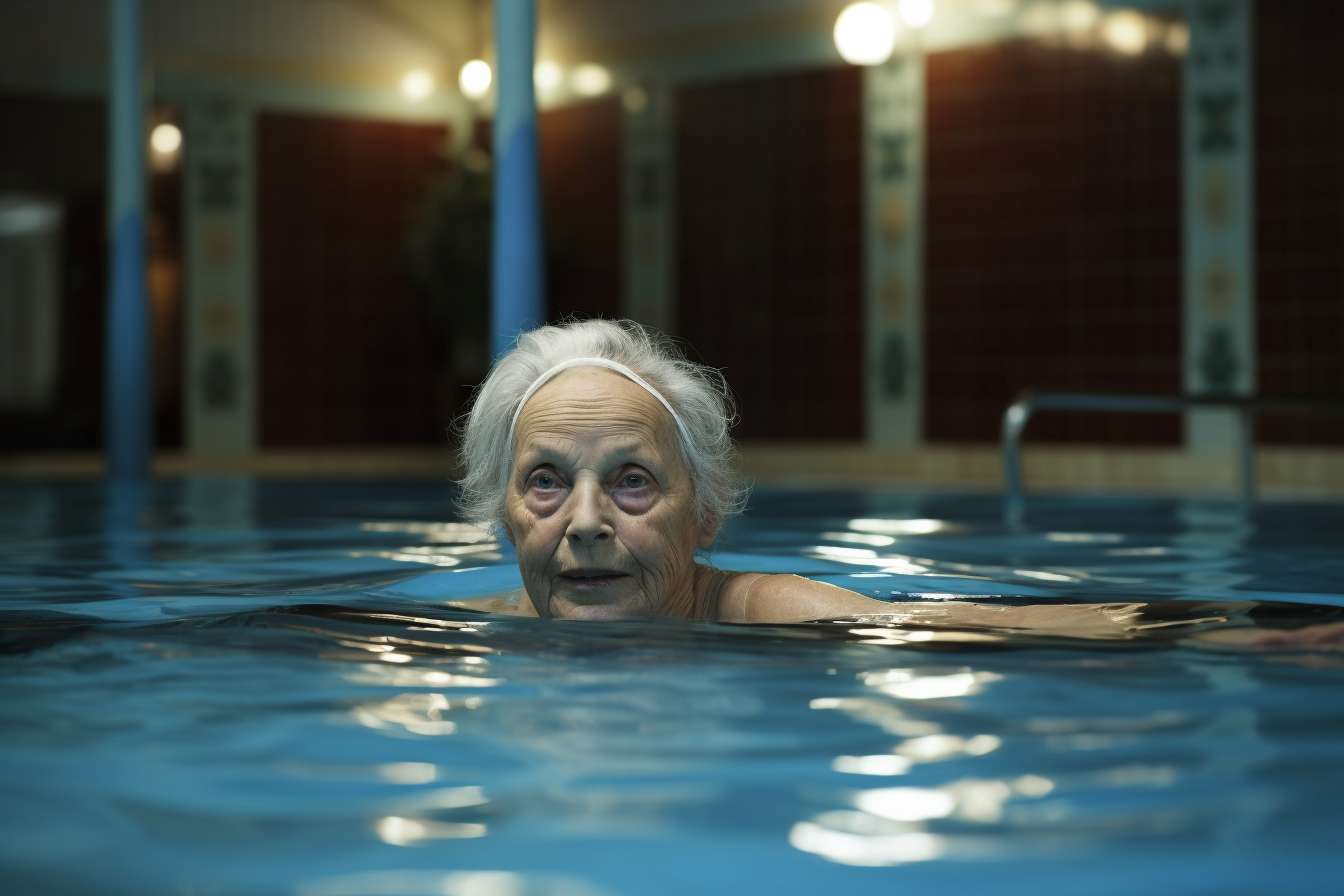Senior Health: Practical Strategies for Active Aging
Maintaining senior health is about more than managing illnesses — it’s about supporting mobility, mental clarity, social connections, and a sense of purpose. For older adults, a balanced approach that combines gentle exercise, targeted fitness routines, proper nutrition, and regular preventive care can preserve independence and improve quality of life. This article outlines practical, research-informed strategies to help seniors and their caregivers build sustainable habits that support physical strength, cognitive resilience, and everyday safety.

This article is for informational purposes only and should not be considered medical advice. Please consult a qualified healthcare professional for personalized guidance and treatment.
How does fitness benefit seniors?
Regular fitness activities help seniors maintain muscle mass, bone density, and cardiovascular health, all of which decline with age. Strength training, even with light weights or resistance bands, supports balance and reduces fall risk. Aerobic activities such as brisk walking, swimming, or cycling improve stamina and mood by boosting circulation and releasing endorphins. Fitness routines tailored to an individual’s abilities can also support blood pressure control, glucose regulation, and sleep quality. For many older adults, maintaining a consistent, varied fitness plan is a cornerstone of preserving functional independence and reducing the burden of chronic conditions common in later life.
What should seniors consider when starting exercise?
Before beginning any new exercise program, seniors should consult a healthcare professional to review medical history and medications. Start slowly and prioritize movements that improve daily function: sit-to-stand squats, step-ups, and gentle shoulder rotations are practical examples. Incorporate a warm-up and cool-down routine to reduce injury risk. Pay attention to hydration and appropriate footwear. Listening to the body is essential—discomfort is different from the expected exertion of a workout. Many community centers and local services offer beginner classes designed specifically for older adults, which provide supervision and social support while learning safe techniques.
What types of exercise are best for elderly people?
A well-rounded routine for elderly individuals includes four types of exercise: strength, aerobic, balance, and flexibility. Strength exercises preserve muscle and bone; aerobic activities support heart and lung function; balance training reduces falls; and flexibility work maintains joint range of motion. Low-impact options like water aerobics, chair yoga, tai chi, and guided resistance band sessions are accessible and effective. Tailor intensity to capability—short, frequent sessions often work better than long, intense workouts. Consistency matters more than intensity: even 20–30 minutes most days, with a mix of these elements, yields meaningful benefits.
How can seniors make exercise safe and sustainable?
Safety begins with realistic goal setting and routine adaptations. Use assistive devices when needed, choose well-lit and clutter-free spaces, and ensure footwear provides grip and support. Incorporate balance aids such as holding onto a stable surface during single-leg stands until confidence improves. Schedule exercise at times of day when energy levels are best and blood pressure is stable. Tracking progress with simple metrics—walking distance, number of sit-to-stands, or duration of balance holds—builds motivation. Social accountability, whether through group classes, family involvement, or a fitness buddy, also increases adherence and enriches emotional well-being.
How does overall health change and how can it be supported?
Aging brings physiological changes—slower metabolism, decreased bone density, and altered immune responses—that require adapted prevention strategies. Nutrition plays a pivotal role: adequate protein, vitamin D, calcium, and hydration support muscle and bone health, while fiber and varied micronutrients aid digestion and chronic disease management. Regular preventive care, including vision and hearing checks, vaccinations, and medication reviews, complements lifestyle measures. Mental health is equally important; maintaining social connections, pursuing meaningful activities, and engaging in cognitive stimulation (reading, puzzles, learning new skills) help preserve cognitive function and combat loneliness.
Conclusion
Prioritizing senior health is a holistic endeavor that blends targeted fitness, safe exercise practices, balanced nutrition, preventive medical care, and social engagement. Small, consistent steps—customized to individual capacity and medical context—accumulate into significant improvements in mobility, mood, and independence. Caregivers and seniors should work with healthcare professionals and local services to design practical plans that fit daily life. With supportive environments and realistic goals, older adults can sustain active, fulfilling lives while minimizing risks associated with aging.






